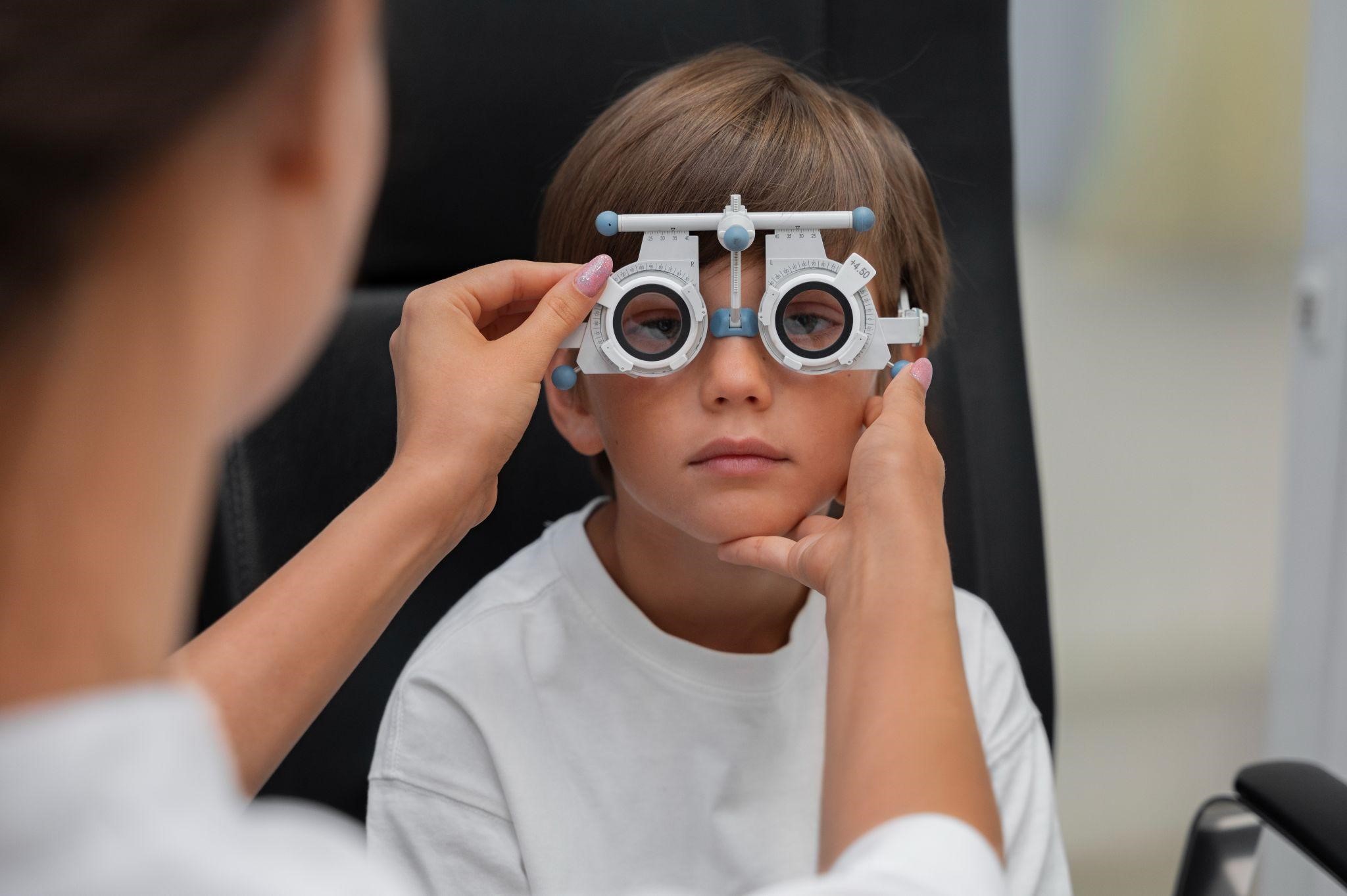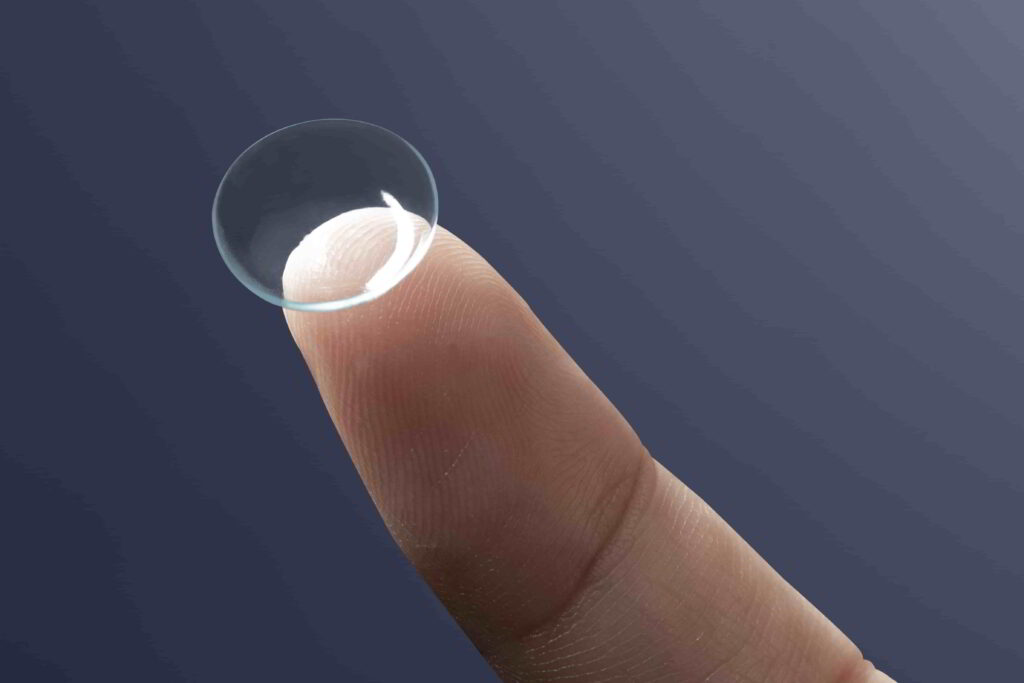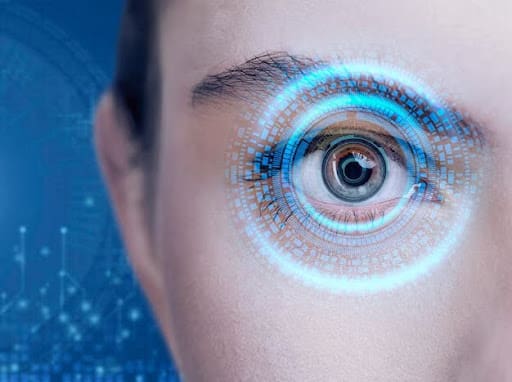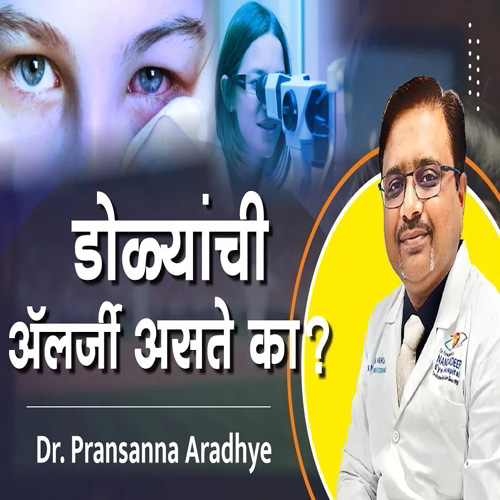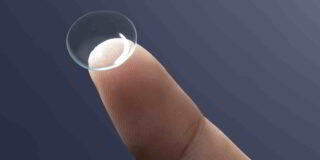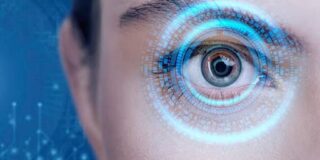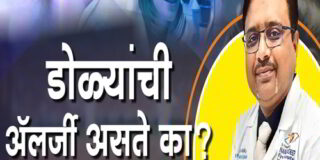Understanding Myopia: Causes, Symptoms, and Treatment Options
Causes of Myopia
Genetic Factors: One of the primary causes of myopia is genetics. If your parents are myopic, there’s a higher chance you might be too. Researchers have identified several genes associated with the development of myopia, indicating a strong hereditary component.
Near Work: Environmental factors significantly contribute to myopia development, with prolonged near-focus activities like reading or using digital devices, insufficient outdoor activities and natural light exposure increasing the risk.
Lifestyle Influences: Modern lifestyles, with their heavy reliance on screens and reduced outdoor activities, have significantly influenced the rise in myopia cases. Children and adults alike are spending more time indoors engaged in close-up tasks, which can strain the eyes and contribute to myopia.
Types of Myopia
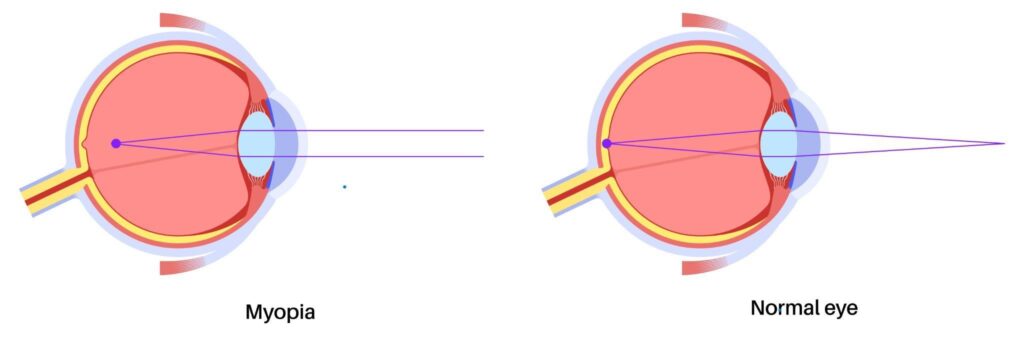
- Simple Myopia Simple myopia is the most common type, where the eye is slightly longer than normal, causing distant objects to appear blurry. Usually, contact lenses or eyeglasses are used to correct it.
- High Myopia High myopia is a more severe form, with a refractive error of -6.00 diopters or more. It increases the risk of other eye problems, such as retinal detachment.
- Pathological Myopia Pathological myopia, or degenerative myopia, is a rare form where myopia progresses rapidly and is often associated with other eye conditions. This type requires careful management to prevent serious complications.
Symptoms
- Blurry vision when looking at faraway objects like signs, people, or scenery
- Squinting to try to see distant objects more clearly
- Headaches from eyestrain
- Difficulty seeing clearly at night
- Needing to hold reading materials closer to your face for better visibility
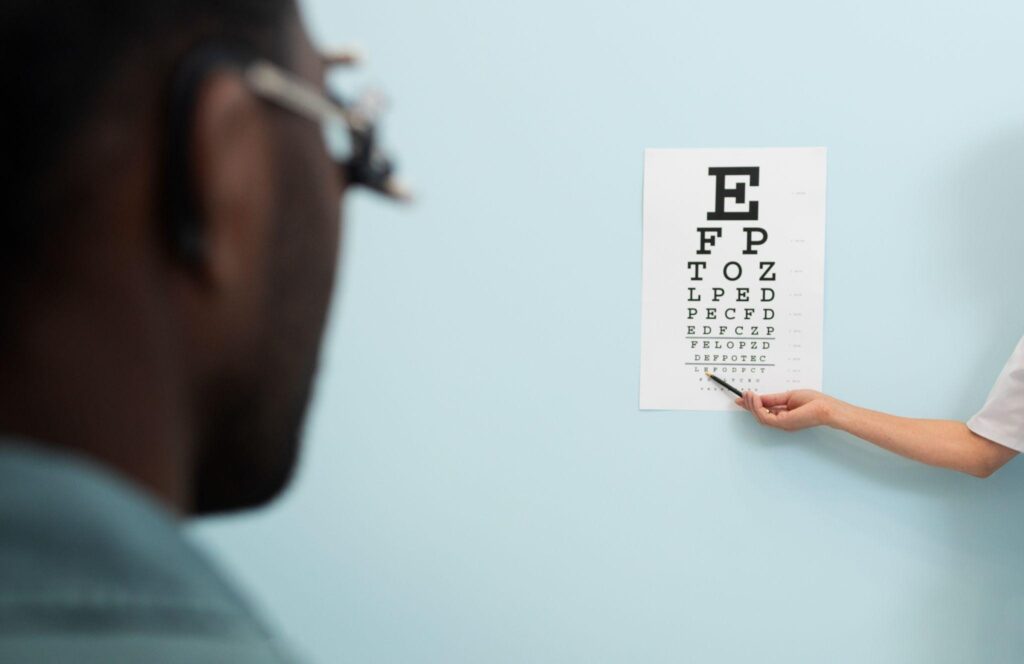
Advantage of Early detection of Myopia
- Prevents Progression: Early detection can lead to interventions that may slow down the progression of myopia, potentially reducing the risk of developing high myopia, which is associated with serious eye conditions like retinal detachment and glaucoma.
- Better Vision Management: It allows for timely corrective measures such as prescription glasses or contact lenses, ensuring better vision management and quality of life, especially important for children in their developmental years.
Complications
Complications associated with myopia include an increased risk of retinal detachment, a serious condition where the retina separates from the back of the eye, requiring immediate medical attention to prevent vision loss. Additionally, people with myopia are more likely to develop glaucoma, a condition characterised by increased pressure in the eye that can damage the optic nerve. Myopic individuals may also develop cataracts earlier than those without myopia, causing clouding of the eye’s lens and leading to vision impairment.
Diagnosis
- Visual Acuity Test: This standard test measures your ability to see objects at various distances.
- Retinoscopy: This painless test helps determine the power of the eye.
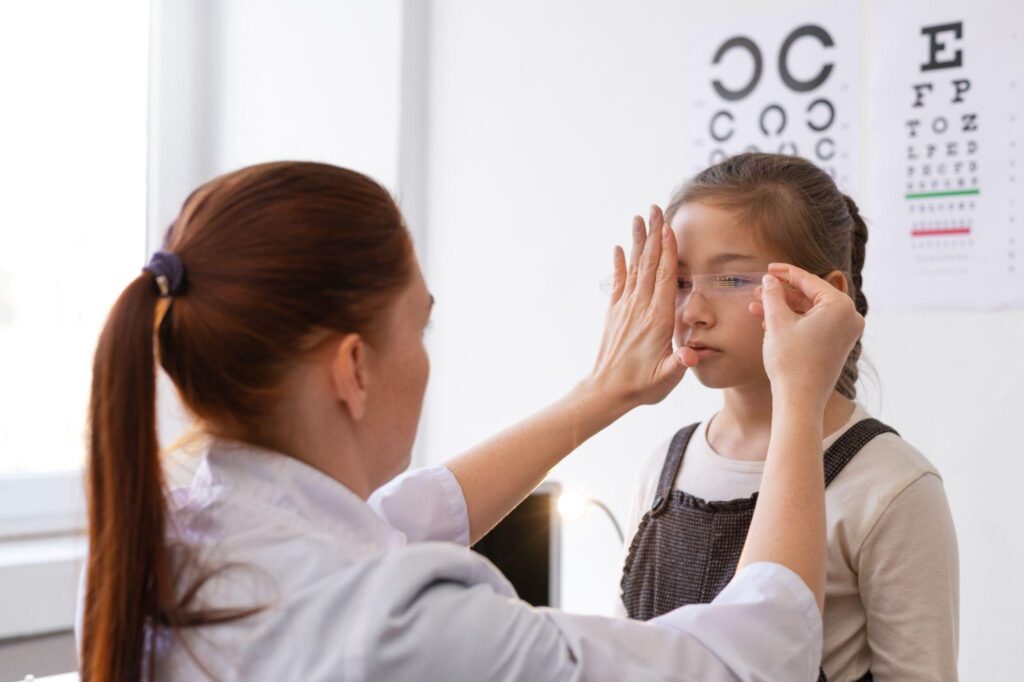
- Slit-lamp examination: The doctor examines the inner and outer structures of your eye.
- IOLMaster: In myopia clinics, the IOLMaster helps determine the change in the length of the eye ball also helps to keep track if there is any progression of length
- Pentacam (Corneal Tomography): The Pentacam provides comprehensive corneal tomography, assessing both anterior and posterior corneal surfaces
- Plusoptix: Used for detecting refractive errors (myopia, hyperopia, astigmatism) in children. And to monitor the changes in the power of the eye.
- Fundus Camera: A fundus camera captures detailed images of the retina, which is the back portion of the eye. It helps to check if myopia is affecting the integrity of the retina.
Treatment Options for Myopia in India
Myopia: Myopia can be managed with common methods such as glasses and contact lenses. However, certain treatments are age-specific. Some are advised for individuals under 18 years old, while others are recommended for adults over 18, once the growth of the eye has stabilized.
Eyeglasses: Eyeglasses are the most common and affordable way to correct myopia.
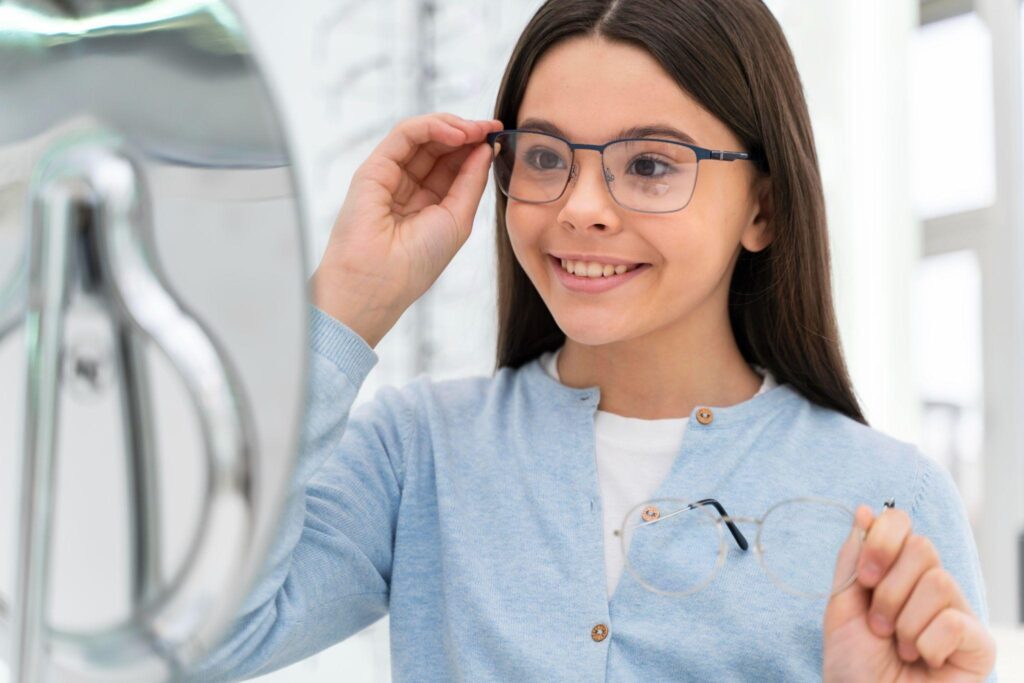
They contain corrective lenses that bend light rays to focus them accurately on the retina, resulting in clear vision.
Contact Lenses: Contact lenses are thin, curved plastic discs worn directly on the eye’s surface. They provide a wider field of vision and might be more comfortable for some people than eyeglasses. Various types of contact lenses are available, including daily disposable, soft, and rigid gas-permeable lenses.
Treatment for under 18 years old
The primary goal of treatment for individuals under the age of 18 is to halt or slow down the progression of their eye condition. To achieve this, several specialized interventions are employed:
Peripheral Defocus Glasses: These are uniquely designed spectacles that aim to reduce the rate of progression by altering the way light focuses on the eye.
Multifocal Contact Lenses: These lenses have different zones for focusing light and are intended to correct nearsightedness while also slowing the progression of myopia in children.
Orthokeratology (Ortho-K): This non-surgical procedure involves wearing specially designed rigid contact lenses at night to temporarily reshape the cornea, improving vision during the day.
Vision Therapy: A series of visual exercises and procedures, which improves visual abilities and skills, enhancing the eyes’ ability to control focus, eye coordination, and other aspects of vision.
Atropine Eye Drops: These special eye drops have been found effective in slowing the progression of myopia.
Treatment for over 18 years old
Once the myopia is stabilized you can also opt for different refractive surgery for a spectacle or contact lens free vision. Like the following:
Refractive surgery is a permanent option for correcting myopia. Several laser vision correction procedures, including LASIK eye surgery, Femto LASIK, PRK (Photorefractive Keratectomy), IPCL (Implantable Phakic Contact Lens), and SMILE (Small Incision Lenticule Extraction), are available. These procedures reshape the cornea using a laser to improve the eye’s focusing ability. Clear Lens Extraction (CLE) surgeries are also done to provide a path to improved vision.
A qualified eye specialist at Nandadeep Eye Hospital in India can diagnose myopia through a comprehensive eye exam. Early detection and management, particularly for children, are essential.
Fortunately, achieving a clear vision and enjoying daily activities is possible. By following recommended treatments and incorporating simple habits like regular eye exams and breaks from near work, you can effectively manage myopia and protect your eye health for years to come.
More Posts
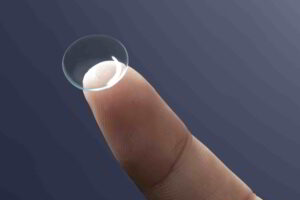
Ortho K Contact Lenses – Get Clear Vision Without Surgery
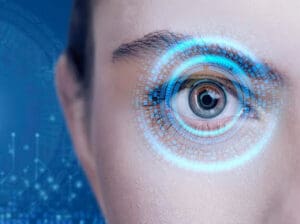
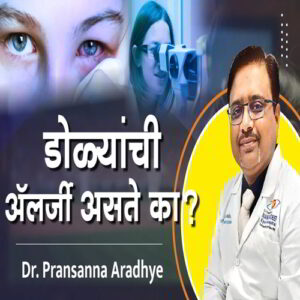
Eye Allergies: Causes, Symptoms, and Treatments



